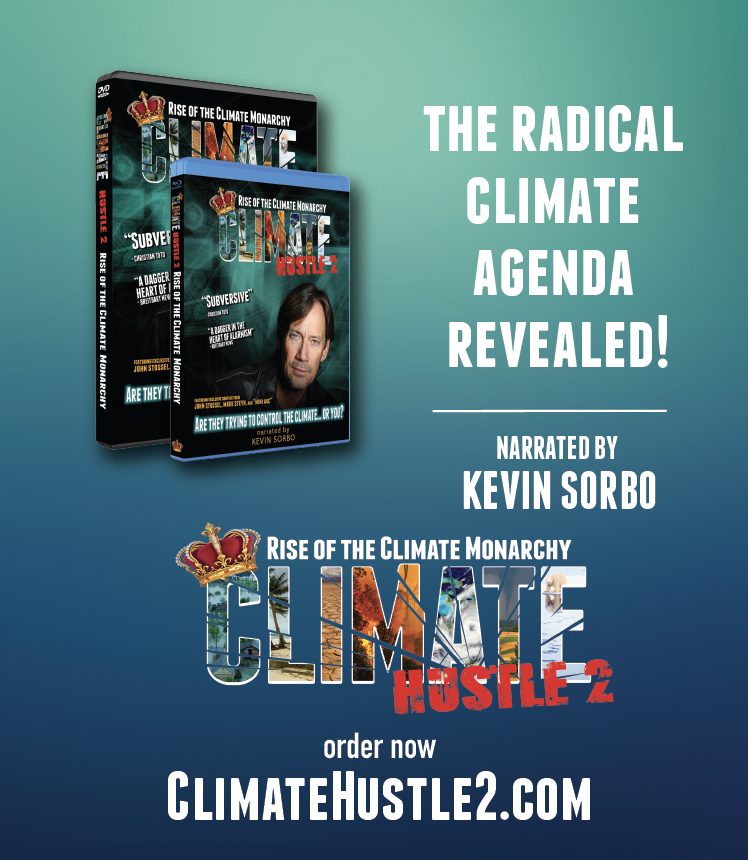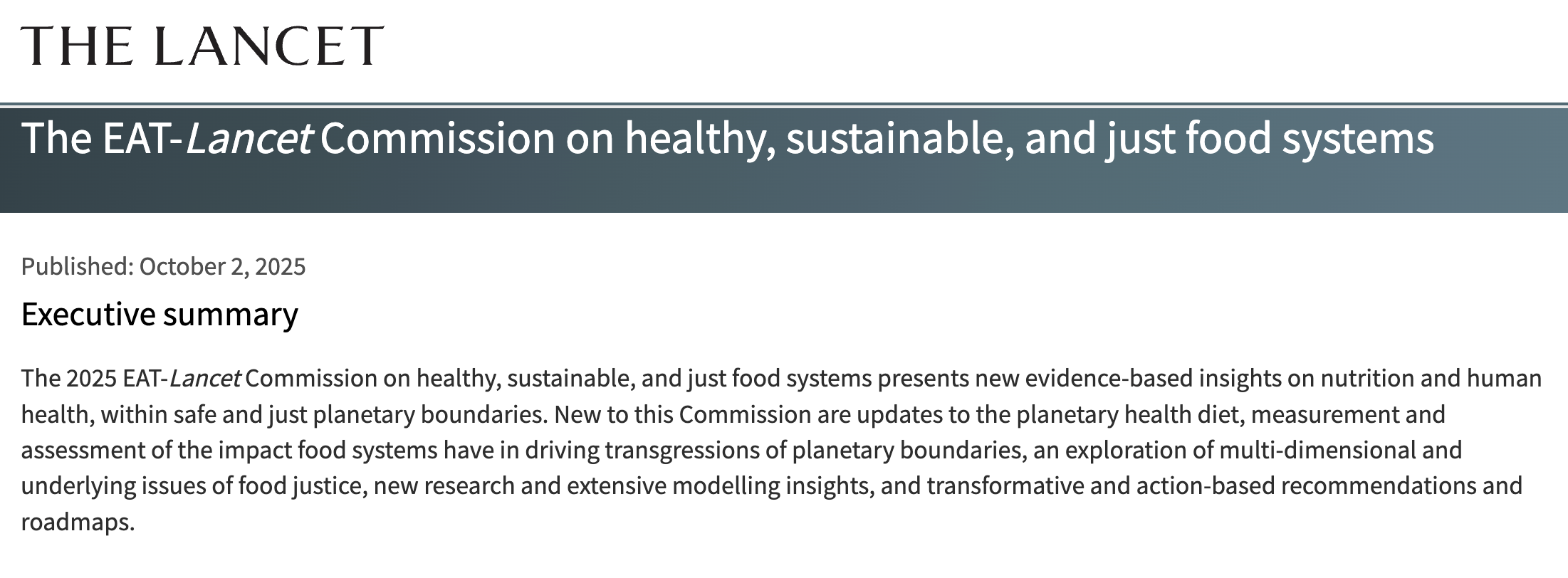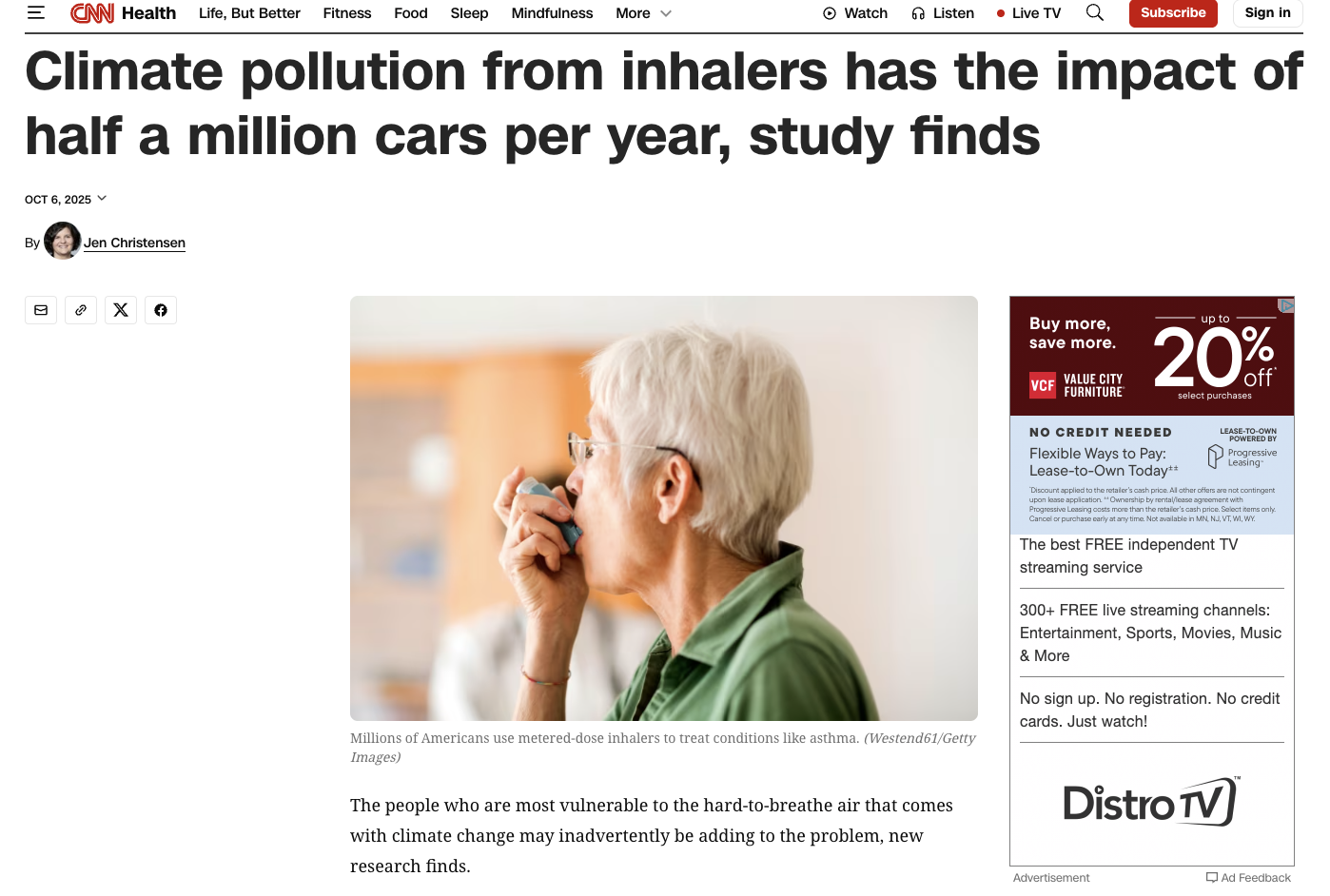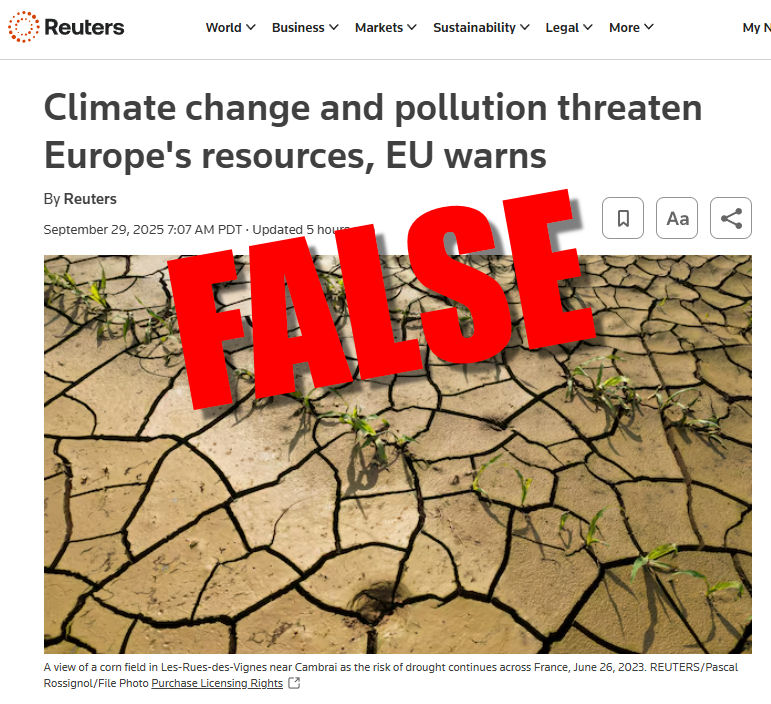— Dr. Matthew M. Wielicki (@MatthewWielicki) September 23, 2025
By Dr. Matthew M. Wielicki
at the Rio Earth Summit on June 12, 1992, and the U.S. Senate gave its advice and consent on October 7, 1992. Bush then signed the instrument of ratification on October 13, 1992, making the U.S. the first industrialized nation to ratify the treaty.
,” I show how the Panel’s mission is framed around identifying risks and “future risks,” not weighing benefits like CO₂ fertilization or the measurable drop in climate-related mortality with development. The result is a one-way ratchet toward alarm, regulation, and wealth transfers… while neglecting the gains from energy abundance.
, I catalog the observational record that undercuts crisis headlines: robust global greening under higher CO₂, flat or mixed trends in normalized disaster losses, and the overwhelming role of adaptation. Readers who want receipts can start there.
… again emphasizing observations over virtue signaling.




